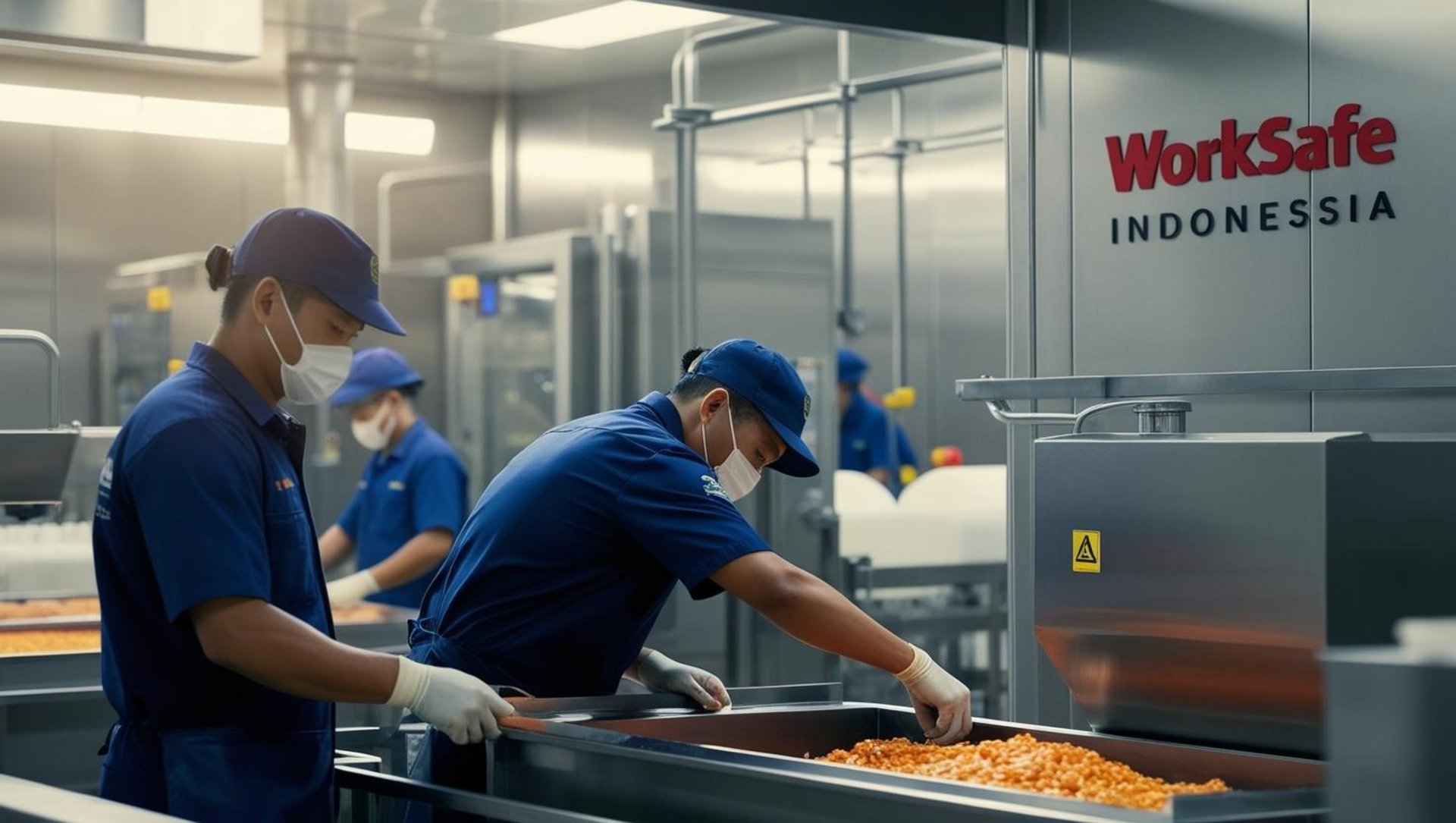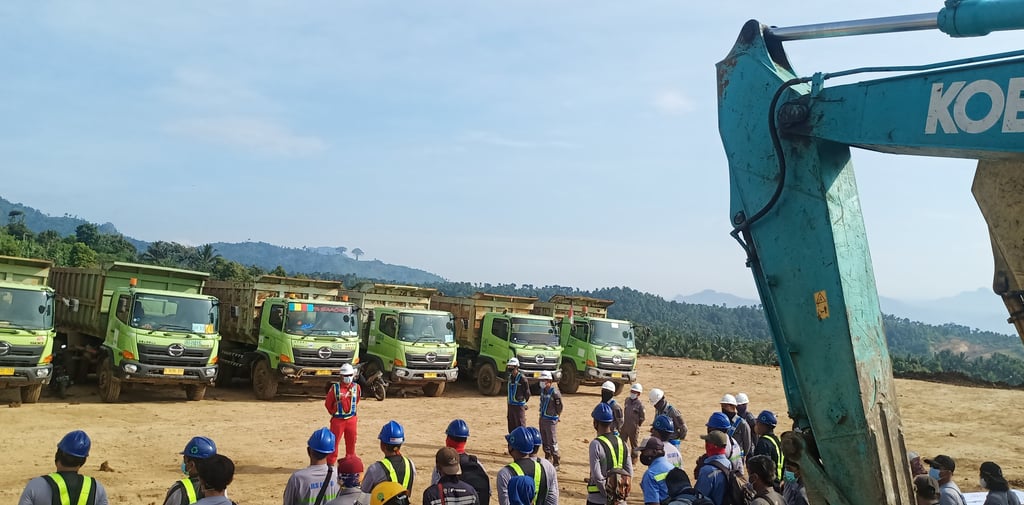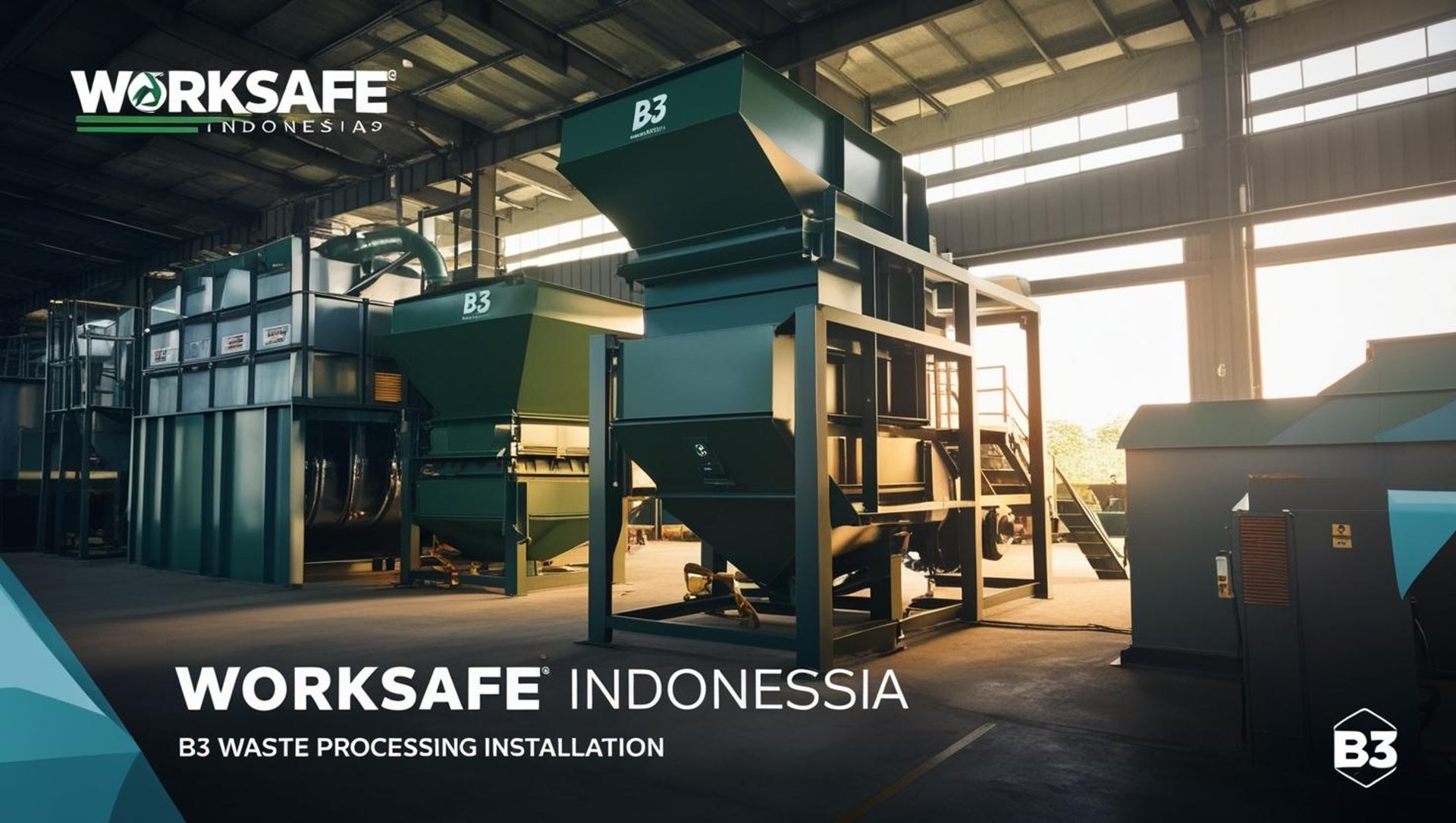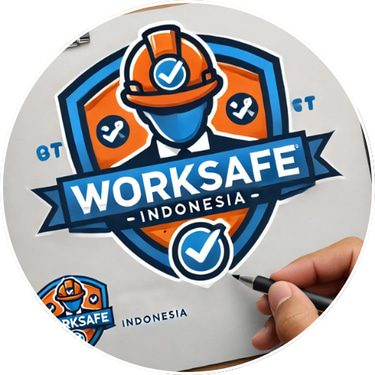
Promoting All About Safety, Health and Environmental
Heavy Equipment Inspection: A Key Step to Workplace Safety
Heavy Equipment Inspection: A Key Step to Workplace Safety Keep Safe, Be Safe !! Heavy equipment such as excavators, cranes, bulldozers, and forklifts are the backbone of construction and industrial projects. However, if not properly maintained and inspected, these machines can become a major source of workplace accidents. That’s why regular inspections of heavy equipment are essential to ensure a safe, productive, and efficient work environment.
SAFETY
Septian Indra
5/3/20251 min read


Heavy Equipment Inspection: A Key Step to Workplace Safety
Keep Safe, Be Safe !!
Heavy equipment such as excavators, cranes, bulldozers, and forklifts are the backbone of construction and industrial projects. However, if not properly maintained and inspected, these machines can become a major source of workplace accidents. That’s why regular inspections of heavy equipment are essential to ensure a safe, productive, and efficient work environment.
Why Is Heavy Equipment Inspection Important?
Inspection is not just a routine—it's a critical safety measure. Regular checks provide many benefits, including:
✅ Preventing workplace accidents due to mechanical failure
✅ Ensuring equipment is in optimal working condition
✅ Reducing downtime and costly repairs
✅ Complying with occupational safety regulations (OHS)
✅ Extending equipment lifespan
Types of Heavy Equipment Inspections
Daily Inspection (Pre-Start Check)
Performed by the operator at the beginning of each shift
Checks basic conditions: brakes, lights, horn, hydraulic fluids, tire pressure, and leaks
Scheduled Inspection (Weekly/Monthly)
Conducted by trained technicians or mechanics
Involves deeper checks on engine systems, hydraulics, electrical components, and structural integrity
Annual or Special Inspection
Performed by certified inspectors
Required for high-risk equipment such as cranes and lifting machines
What to Check During Inspection
🔍 Key components to inspect include:
Braking and steering systems
Tires or tracks
Hydraulic systems (oil, hoses, leaks)
Lights, horn, reverse alarm
Cabin condition and seat belt
Boom or lifting mechanism (for cranes/excavators)
Structural cleanliness and integrity
Documentation and Reporting
Every inspection must be properly recorded in an official inspection form. If any defects are found, the equipment must be taken out of service immediately until repairs are completed. Well-documented inspections are also crucial for audits and safety reviews.
Safety Culture Starts with Routine Checks
Creating a strong safety culture doesn't happen through training alone. It requires discipline and consistency in inspections. Operators should be trained in self-inspections, and management must ensure that checklists, forms, and dedicated inspection times are provided.
Conclusion
Heavy equipment inspection is not optional—it’s essential. Regular checks not only keep machinery in peak condition but also save lives. The time invested in inspections is always worth more than the cost of accidents.
Worksafe Indonesia is committed to promoting smarter, safer, and more responsible workplaces.
Keep Safe, Be Safe !!

